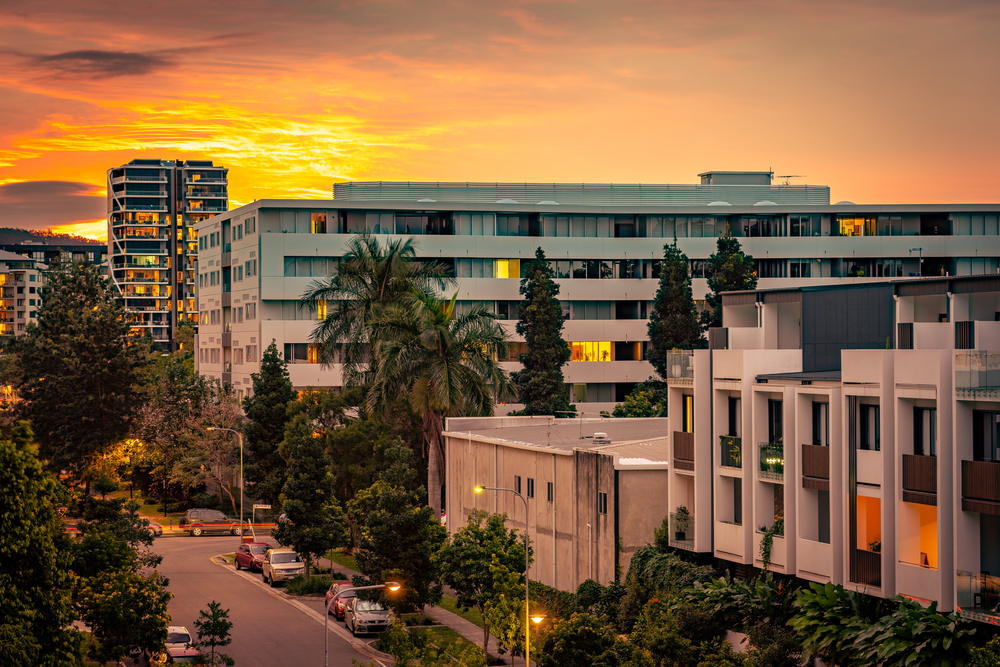Demand for Australia’s short-term rental market rise as borders reopen
Short-term rentals will be in high demand with tourists returning to Australia

On 21 February, Australia finally reopened its borders to fully vaccinated international travellers. It will be followed Western Australia, whose travel restrictions will expire on 3 March.
According to Forbes, many foreigners had eagerly anticipated Australia’s reopening. While the requirements are more stringent than most international destinations, it is definitely a step in the right direction, making Australia one of the best places to visit once again.
More: Australia welcomes its first wave of international visitors
It is expected that the recovery of overseas migration and subsequent housing demands will be slow but thanks to relatively low rentals, a drop in total listings, and, most importantly, temporary migrants like university students and visitors, several of the hardest-hit markets have been on the mend since early last year.
According to Business Insider, short-term rentals will be in high demand with tourists returning. Short-term accommodations and commercial accommodations will benefit from this as occupancy rates and revenue rise from recent lows.
Rental demand is projected to surge across the inner city districts of capital cities as student arrivals are prioritised to coincide with the February to March intake of Australian institutions.
The absence of international students reduced inner city rents throughout 2021, with two-thirds of them disappearing during the pandemic. From peak levels in March 2020, rents in Sydney and Melbourne’s inner cities fell by 12.1 percent and 11.3 percent, respectively.
ABC News reported earlier this month that home prices rose 1.1 percent in January, and 22.4 percent over the past year. Over the month (2.3 percent) and year (29.2 percent), Brisbane saw the biggest capital city price increase, and regional prices rose nearly twice as fast.
CoreLogic’s research director, Tim Lawless, said that “Melbourne and Sydney have seen inventory levels normalise over recent months, taking some urgency out of the market as supply and demand become more evenly balanced. The situation in Adelaide and Brisbane is very different; supply remains tight and buyer competition is a key factor supporting the upwards pressure on prices.”
The Property Report editors wrote this article. For more information, email: [email protected].
Recommended
Why everyone is moving to Selangor and Johor: Malaysia’s real estate comeback
Malaysia’s upturn in fortunes is especially prevalent in secondary destinations such as Selangor and Johor
Penang’s silicon boom: How the US-China tech war is supercharging local real estate
Penang’s booming semiconductor industry has created ripples within the local real estate sector
New leader, new opportunities: How Hun Manet is shaking up Cambodia’s real estate game
Hun Manet is overseeing decent economic growth and widening access to the country’s real estate market for foreigners
Singapore embraces inclusive housing reforms amid resilient demand
The Lion City’s regulatory strength continues to exert appeal for international investors








